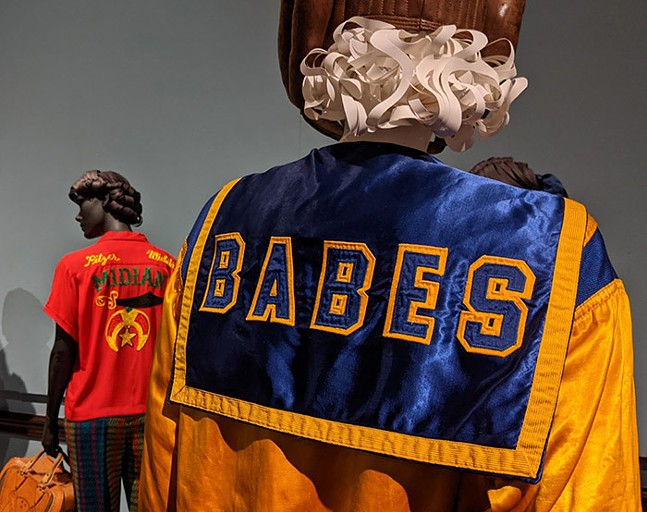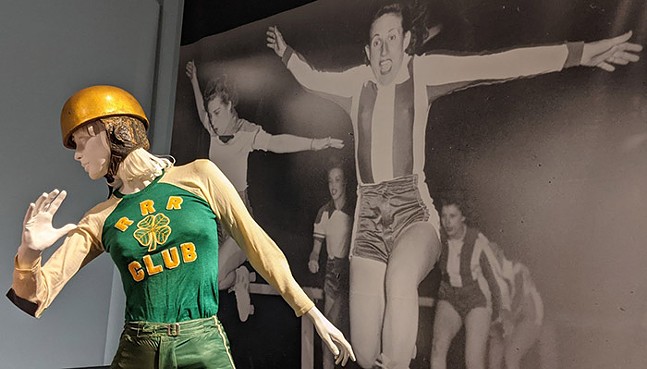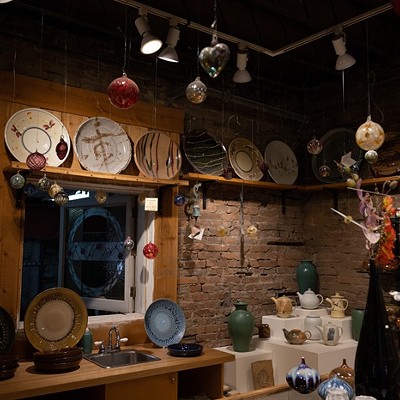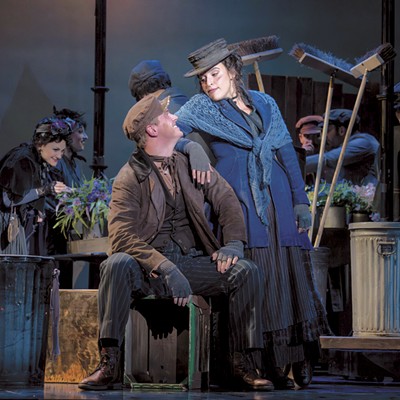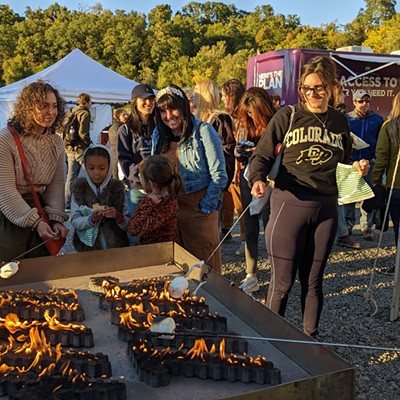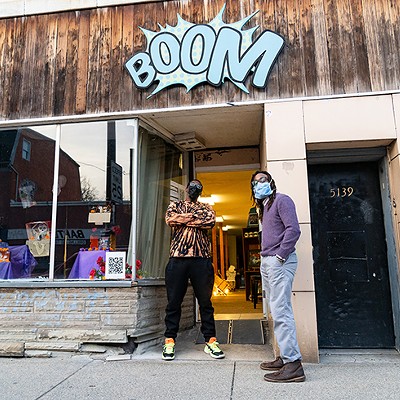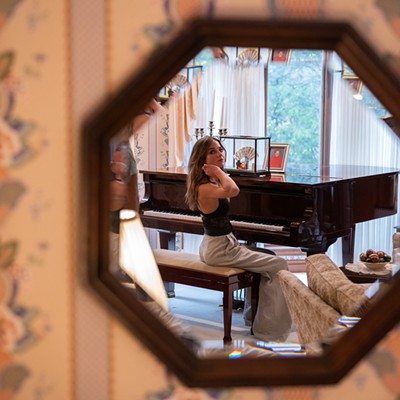
The sight of a Mad Max-esque female motorcyclist in the Frick's staid, marbled lobby becomes all the more surprising considering that this daring ensemble comes from the 1930s, a placard describing how women created their own stylish protective gear to partake in the male-dominated pastime. The display, which includes the juxtaposition of a more traditionally feminine floral bicycling uniform, sets the tone for the sartorial delights to come.
On view through Sept. 26, Sporting Fashion features often fabulous, sometimes outrageous moments spanning 160 years of women's recreational attire. Described as uniting "fashion, feminism, and the history of female athletes," the show covers everything from team and winter sports and rugged pursuits like skiing and ranching to garments designed for travel and more laid-back activities like picnicking.
Still, while women dared to venture out of the home and onto the field, they made it fashionable, shown in delicately embroidered fingerless gloves, tooled leather skate blade covers, voluminous mutton-chop sleeves, and numerous other eye-catching artifacts. The effort to combine style and function varies from the practical to for-show only, such as a velvet, rhinestone covered swimsuit ill-suited for water.
With each impeccably attired mannequin, guests are offered a glimpse at how women either defied societal conventions or made compromises with them in order to participate in the fun freely enjoyed by men at the time. Learning that women wore restrictive dresses while scaling a rock wall, or had lead weights sewn into their riding skirts to keep their petticoats and legs concealed is sure to elicit some half-amused eye rolls. This also led to some hilariously absurd inventions like the show's "bathing machine," a cumbersome, barrel-like contraption women strapped on so they could change in and out of complicated 1800s bathing suits.
Even into the 20th century, as women began to wear more revealing clothing, the policing of their bodies persisted, illustrated with items like archival photos showing beach patrols measuring the length of swimsuits in the 1920s.
The museum makes a concerted effort to show that "outdoor girls" were not exclusive to white middle to upper class women, with photos and Ebony magazine covers showing Black women on beaches, boats, and riding bicycles. Even so, the exhibition clearly grapples with the cultural appropriation and harmful practices that comes with each fashion era, especially the "Safari" bits. The museum confronts this issue with a gentle — some might say too gentle — touch (an old Pendleton blanket has an "Indigenous pattern," the Native American imagery on a cowgirl’s shirt are "romanticized and cliched motifs") in an effort to be diplomatic as possible without shying away from the obvious.
Among these dated or backwards details are hints of familiarity. Anyone who assumed doggie dress-up started with Paris Hilton would be surprised to see a canine mannequin wearing a smart little coat complementing the couture dress of their human companion. While roller derby has grown in popularity over the past decade, it dates as far back as the 1940s, evidenced by a bright green uniform and gold helmet worn by a derby girl from Reading, Pa.
What struck me most about Sporting Fashion, however, was how deeply it engaged visitors, regardless of their age. As I walked around, two little girls gasped and pointed out various things to their parents, and a 20-something couple wandered the gallery, quietly taking in each display.
I was particularly charmed by two women who looked to be in their 70s reminiscing over pieces they recognized. "I had a Bermuda bag," said one, pointing to a mannequin, followed later by a chat about how the bright, bold plaids they observed are still seen today. These interactions — which I have craved over the course of the pandemic — served as a reminder that, while we have (mostly) moved on from the sexist confines of past women's sportswear, it still carries a timeless quality with the power to inform and inspire.
Sporting Fashion: Outdoor Girls 1800 to 1960. Continues through Sept. 26. Frick Art Museum. 7227 Reynolds St., Point Breeze. $8-15, free for members and children 5 and under. thefrickpittsburgh.org

